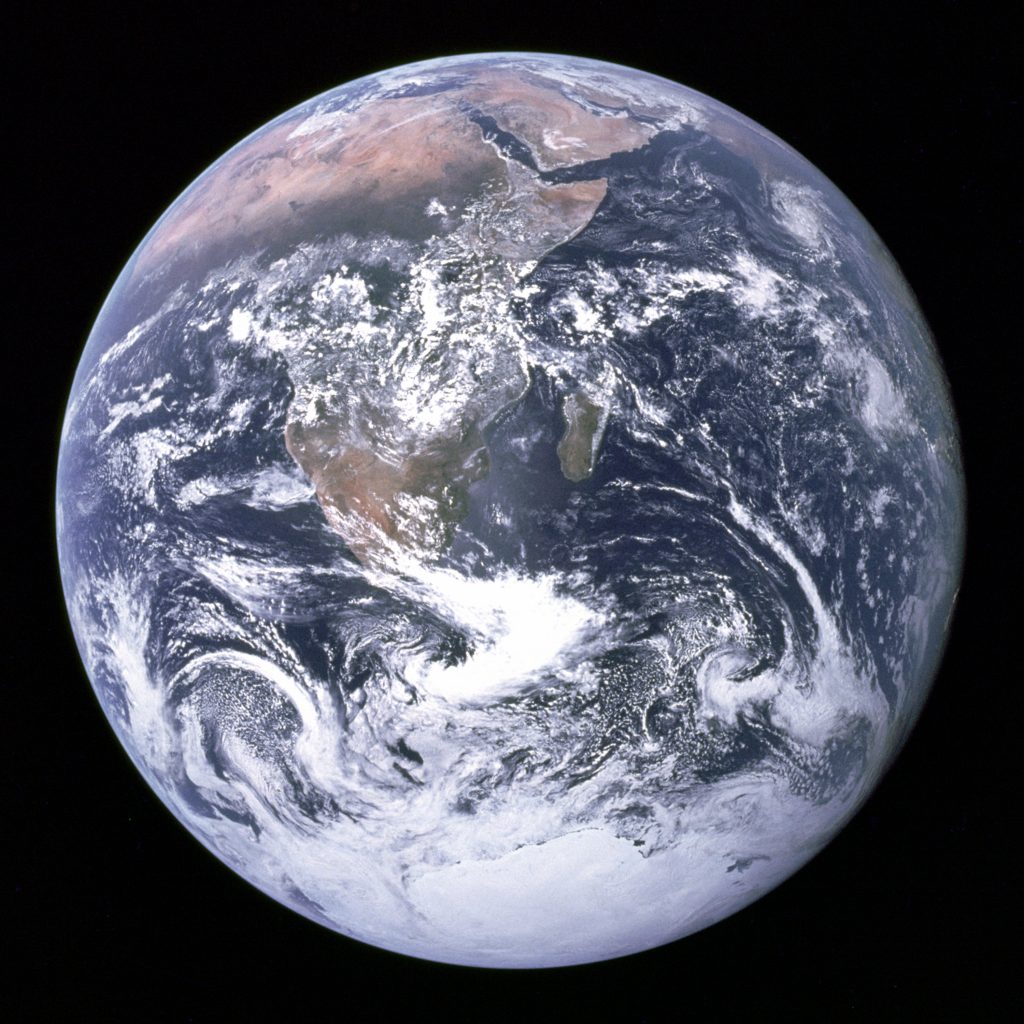

Yes, April 22 is Earth Day! We are celebrating the day’s fiftieth anniversary! So how do we celebrate this important day? It seems that in the shadow of the COVID-19 outbreak, we are celebrating quietly, in our homes. We cannot even go out into nature together. But truth be told, we deserved this situation; we failed in the task of protecting and saving nature. The current pandemic was but one of the series of outbreaks we’ve experienced so far, but this time it has been very effective. And it continues to be. If now we fail to protect and save nature, COVID-19 will not be the last disease to cause outbreaks. We contract these disease-causing pathogens as a result of our interventions on nature; they then multiply and diversify. The result appears to be the sad costs to our lives at present.
How did we end up here?
Firstly, with the transition to collective life, we discovered and founded cities. We then increased our population to fill these places. We increased the world population nearly eightfold, especially in the last 200 years. The period that marked this increase was the period following the industrial revolution.
We also need to carefully analyze the last 40-year period. The population growth in the world from the beginning of the sixties to today corresponds to a five billion increase. The world has never experienced such an increase from the beginning of human evolution to the present.
Climate change and global warming
There is a point that I have always emphasized. One thing we should most definitely not forget: the most important cost items in the bill are climate change and global warming. The effects of global warming are multi-faceted. Besides damaging biodiversity, it causes practical sociological problems in human societies. For example, politicians are talking about climate wars caused by the absence of water. Again, we don’t have to go too far, let’s remember the Arab Spring uprisings that shook the Middle East. The main problem was the decline in production in the rural environment due to global warming. That, in turn, had caused human migration to urban areas, which triggered an increase in unemployment. The scientific infrastructure of the problem was also subject to academic studies.
The net cost?
Another cost item is the biodiversity crisis. The United Nations sustainable development goals care about biodiversity because we need this diversity to live in good conditions. The number of species that can be identified in the world today is approximately 2 million. You can wonder whether all the species except us are only this much. Of course not! So how much of it is waiting to be discovered? Perhaps nearly 8 million species, all hidden in various geographic zones of the world. Of course, on the other hand, the evolution continues in the world. When this is the case, we should never tolerate losses. But that is the reality: we are losing species, and quickly.
Let me talk about the rough numbers. According to the International Conservation Union (IUCN) numbers, 866 species have recently disappeared. The calculations from those numbers show that the extinctions we experience today are occurring in a way that the world has never experienced. Yet another statistic reveals that 25 percent of the 5488 mammal species on the IUCN list is under threat. This statistic is 41 percent for amphibians and 13 percent for birds.
These values are clear indications of losses causing the biodiversity crisis. If we do not take this precaution, this cost item seems to cause serious problems for human life. At this point, let us consider once again the COVID-19 outbreak, which is the result of our intervention in biological diversity. What problems did it cause sociologically and economically in the world and what problems will it cause? How does it affect people’s quality of life? The answers are not very difficult at all.
So what can we do?
We must protect nature as much as we can. And effective protection is possible only by understanding nature properly. For this, we can take the first step by making plans to balance human population growth. Then we should be more aware of our environment by minimizing the edge between nature and ourselves. We must protect our forests and restore what we have destroyed. We must take steps to bring together the fragmented nature. During these difficult quarantine days, while we stay at home, the bird songs that we listen to through our windows will help us get closer to nature. And it will help us interpret all that’s been written. So please try…
Happy Earth Day!


